Idea is still early in development, and officials say public feedback will help shape it. Bikers have concerns.
The idea is still in its nascency, with no details on what form the fees would take. That’s by design, said Dave Glenn, deputy director of State Parks, Historic Sites, Trails and Outdoor Recreation Office. His office intends to collect feedback from mountain bikers and other members of the public before it starts shaping proposals.
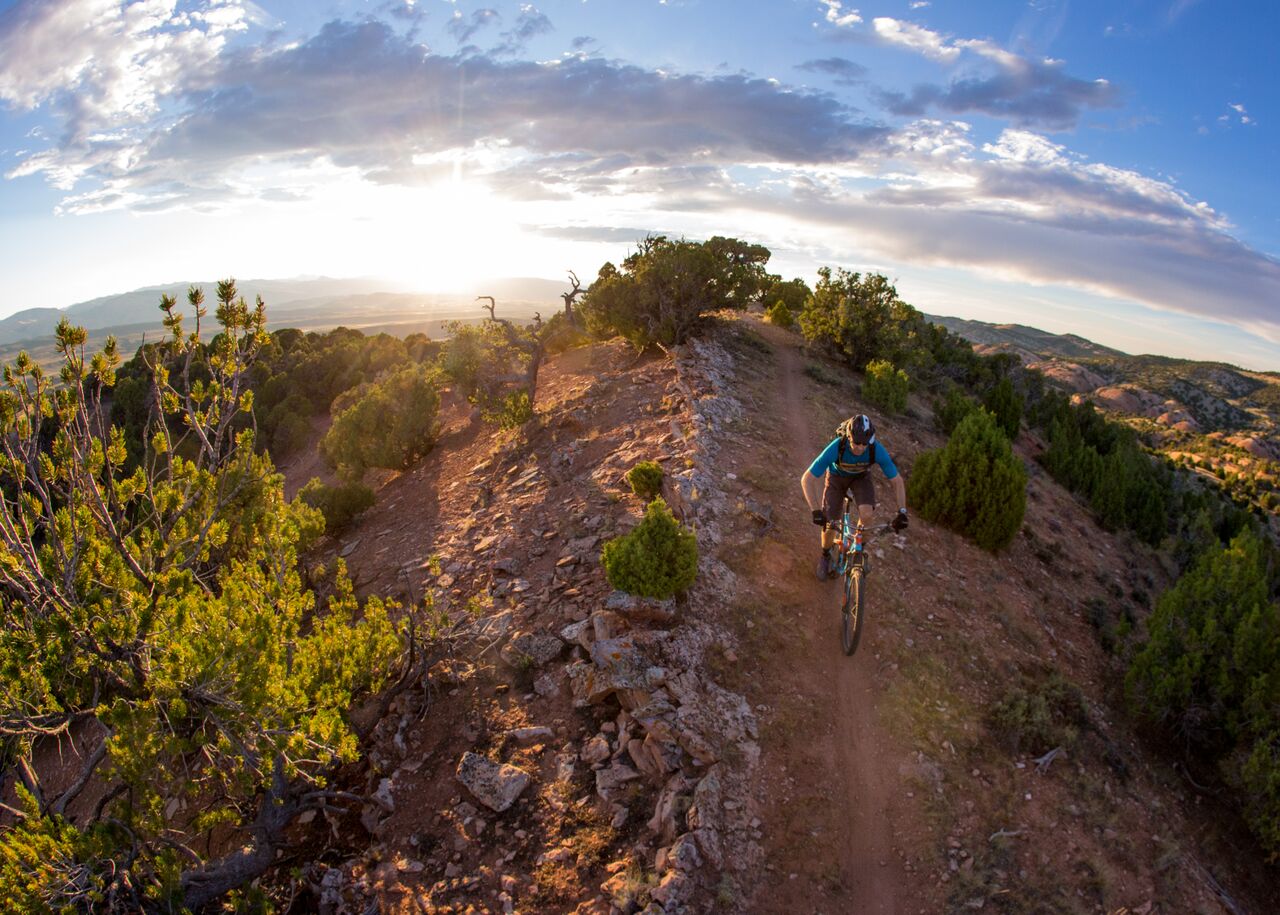
“We don’t want to have this thing cooked when we go out there,” Glenn said. “We really want to listen to folks. We really want to get their input, and frankly, if they don’t want it, we’ll back off.”
The need does exist, Glenn said, and user fees can help sustain the activity’s growth in the state — a fact he said has been demonstrated by tax and fee models applied to motorized groups, hunters and anglers.
Mountain bikers, however, say the state needs to be thoughtful to avoid singling out groups or taking too narrow of an aim.
As an avid biker, author of the guidebook “Wyoming Singletrack” and the executive director of Wyoming County Commissioners Association, Jerimiah Rieman has feet in both the biking and government worlds. Though he’s a proponent of user fees, he said, he wants Wyoming officials to be broad-minded as they approach the issue.
“I appreciate that they’re going to start the conversation,” he said. “I think that they’re going to face a lot of questions and frankly, I think they need to think bigger.”
The discussion comes as visitation to Wyoming’s public lands trends upward. If the state is indeed rolling toward the sky-high visitation levels that have overwhelmed other places in the West, some say, it should act early to manage users and alleviate impacts.
Skin in the game
New trails are the No. 1 most-requested item from State Parks by residents and non-residents, Glenn said. And the agency that oversees outdoor recreation in the state wants to create them.
“Our big job is really to educate, disperse and concentrate these folks” who recreate in Wyoming, he said. “And I see the concept of trails as a great way to disperse people throughout the state.”
But trails aren’t cheap. The going rate is about $20,000-$50,000 per mile, according to Glenn. Despite modern efforts to design and build trails that are more sustainable, paths also generally require ongoing maintenance.
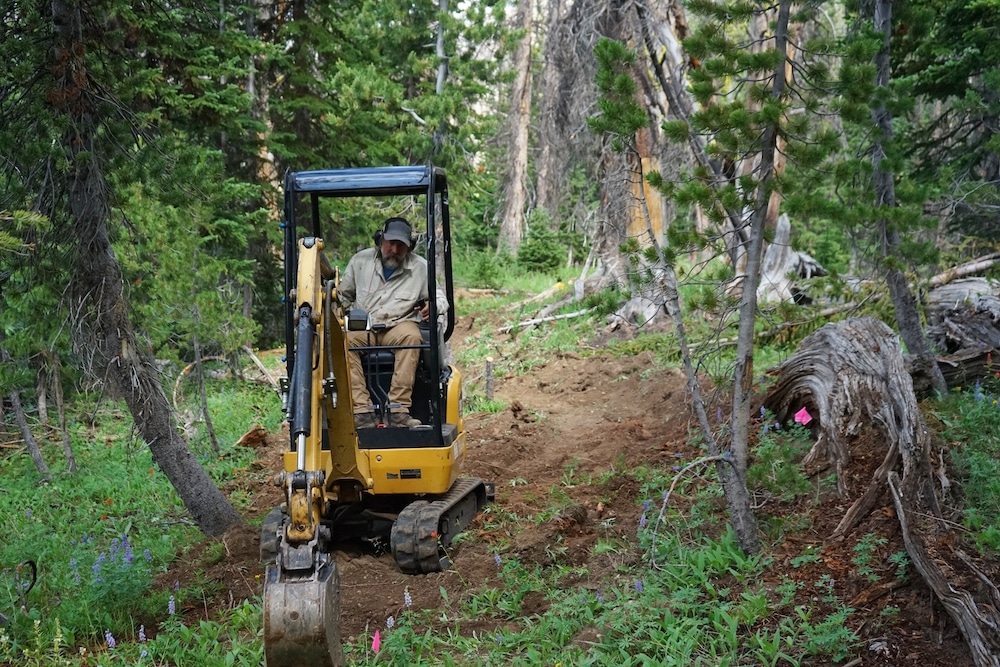
There are already some sources of funding for trail building. They include the state’s roughly $2 million-a-year Recreation Trails Program, which is funded through off-highway-vehicle fuel taxes, and a Land Water Conservation Fund of $2.3 million, but those monies can be used for things other than trails. The Wyoming Department of Transportation has a granting program for alternative transportation, though priority is given to Americans with Disabilities Act retrofitting. Wyoming also secured more than $14 million in ARPA and other tourism funds for outdoor recreation, though those are expected to be one-time expenditures.
The idea of mountain bike user fees, Glenn said, comes as the state searches for a self-regenerating source of funding.
Much of the access and trails funding currently comes from the motorized community and the hunters and anglers who pay things like excise taxes, he said. The motorized community, for example, pays the fuel tax that helps fund non-motorized projects through RTP grants.
“And I hear that a lot from the motorized community because they’re going, ‘Wait a minute, we’re paying for this through our gas tax in Wyoming to build non-motorized trails?’” Glenn said. It’s time for the non-motorized community to “have skin in the game,” he said.
The idea also comes as mountain biking becomes a growing economic engine for Western communities, a fact demonstrated in towns like Moab, Utah. According to a 2021 Outdoor Foundation report, Americans’ participation rate in outdoor recreation reached the highest point on record in 2020. Mountain/road/BMX biking was No. 4 on the list of most popular outdoor activities, with 52.7 million participants.
Part of that can be attributed to modern trails that are built specifically for mountain bikers, said Outdoor Recreation Office Manager Patrick Harrington.
Before taking his position, Harrington was superintendent at Curt Gowdy State Park, which has become Wyoming’s poster child for mountain biking’s explosive popularity.
The state started expanding Curt Gowdy’s trail system in 2006, and annual visitation was roughly 50,000 during that time. The park now boasts 35 miles of mountain biking trails. In 2021, Gowdy saw 535,000 visits, according to visitation reports. Roughly 60% of those visitors came to use the trails, Glenn said.
Tried before
A state sticker-fee proposal was put forth a few years ago but did not survive. Only a fraction of the potential funds were earmarked to go back into trails, Rieman recalled. That cost the measure his support, he said.
That proposal’s demise gives Glenn and Harrington more reason to shape the next iteration with ample public input, they said.
“Our interest now is in how do we get [communities’] input up front so that we walk up to the table with 500 people behind this all saying ‘this is a good idea for multiple user groups,’” Harrington said. “We just really want to get behind what the communities want in the outdoor rec world.”
| I would way rather see parking fees, and maybe that would at the very least encourage people to carpool to the trailhead. —RIO ROSE, MOUNTAIN BIKER |
Rieman will want to know what the administrative element would look like, how fees will be collected and who will have to pay, he said.
“This is a very novel idea of imposing a fee on a specific user group at state parks. I think they’re simply going to have to answer a lot of questions,” he said. “I also am interested, frankly, in something that’s more comprehensive than just the state parks.”
The danger, Rieman said, is that this proposal could actually “get in the way of a bigger and more comprehensive solution.”
Though he has suggested it could be applied to state parks, the concept is not necessarily limited to those places, Glenn said. It could look like a variety of options, from stickers to taxes or entry fees.
He does see an advantage in piloting it in state parks, though. “I think there’s a lot of opportunity there to do it within our parks, expand the systems we have and then build new systems as well.”
Rio Rose owns the Bike Mill shop in Lander and has been heavily involved with trail building in that region. He’s been mountain biking in Wyoming since 2003, and has experienced first-hand the need for funds to build new trails.
“This proposal, it’s something that I think is a really great conversation and it needs to happen,” he said. But his personal contention with a user-fee, he said, is that it could single out mountain bikers.
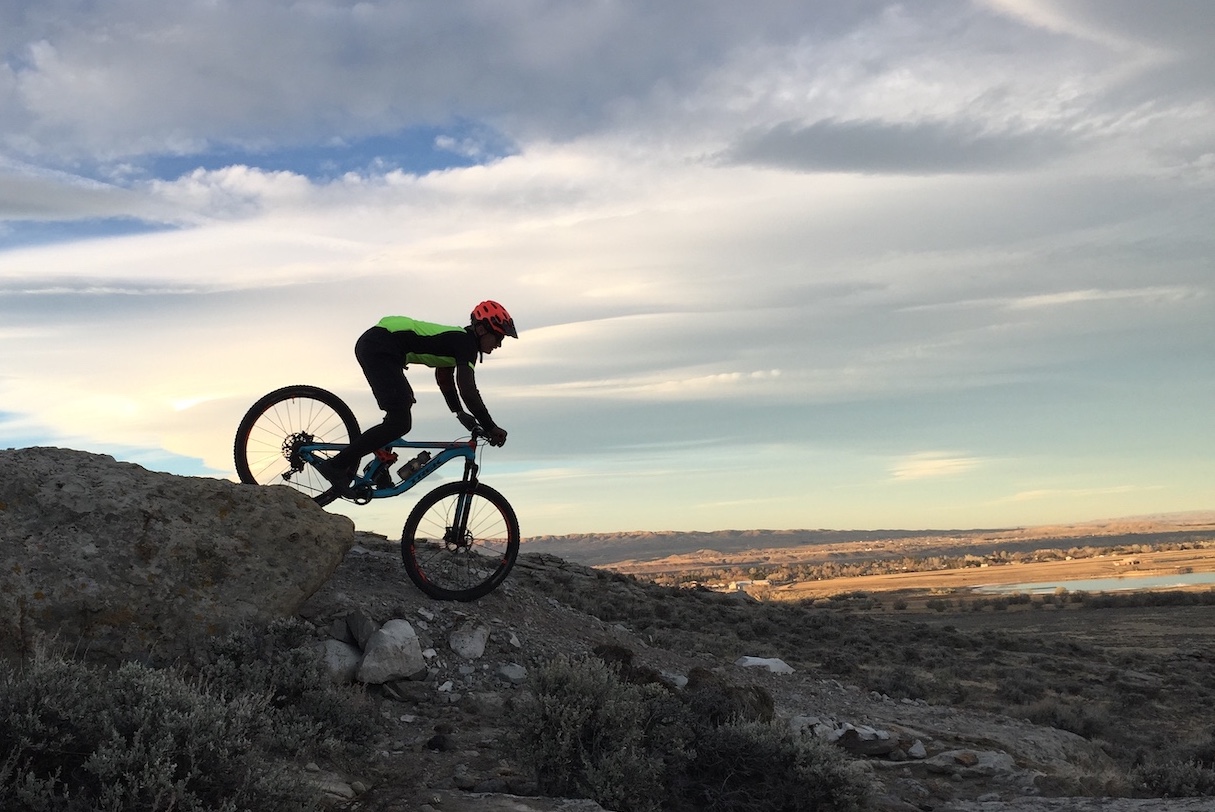
“We’re not the only people using these trails. We’re not the only people causing damage to these trails,” he said. “But we are about the only people doing work on them and pushing to get them put in.
“And so seeing mountain bikers singled out as a user group, where we have to pay to play but nobody else does, rubs me the wrong way,” Rose said. “I don’t think anybody in the mountain biking community is opposed to paying a fee to use trails. I think everybody in the mountain biking community clearly is opposed to being singled out as a user group.”
Rose feels there are better solutions that could tap a broader base of users. “I would way rather see parking fees, and maybe that would at the very least encourage people to carpool to the trailhead.”
Act now or be overrun?
Glenn floated the idea to the Legislature’s Joint Travel, Recreation, Wildlife & Cultural Resources committee in May, and also brought it up to the Wyoming Trails Advisory Council that month. If it moves forward, he told WyoFile, the Legislature wouldn’t consider making it an interim topic until next year.
“That gives us a year to go out and shake the tree a little bit,” he said.
The Outdoor Recreation Office plans to hold listening sessions around the state. “It will be very broad,” Harrington said. “We’ll hit all the major outdoor rec communities and probably several of the smaller ones, with lots of advertising behind it.”
During the trails council meeting, Glenn said that when Moab was first inundated with bikers, it didn’t have the infrastructure to handle the demands.
“We’re at that cusp right now in Wyoming,” he said. And while the state doesn’t have the ability to simply turn people away, he said, “what we do have control over is how we manage these people when they come in.”
Bert Miller of Cody, who chairs the trails council, told the group he favors the idea of bike user fees. Wyoming, he said, is “actually a little bit behind the eight-ball on it, because this all came fast.”
Katie Klingsporn is WyoFile’s managing editor. She is a journalist and word geek who has been writing about life in the West for 15 years. Her pieces have appeared in Adventure Journal, National Geographic Adventure and Patagonia’s Cleanest Line blog.
WyoFile is an independent nonprofit news organization focused on Wyoming people, places and policy.

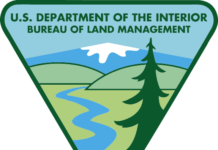
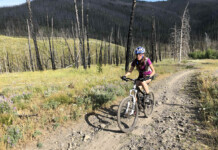






Tsali Recreation Area in Western NC has been charging $2 for single day access and $25 for an annual pass for years, and they have some of the best maintained trails I’ve ever seen. In addition to the trails, they have a hose and bike rack for spraying off your steed (the water is recycled/reused), a maintenance stand with tools, and a covered picnic area. Neither of these fees are excessive and the people that use the trails are contributing to their continued beauty and capability.
I have lived within riding distance of a Northern Utah county park that has become an amazing network of trails that is starting to show overuse by multiple mtb race team practices. I would be open to implementing those kinds of fees for this area as well.
Comments are closed.